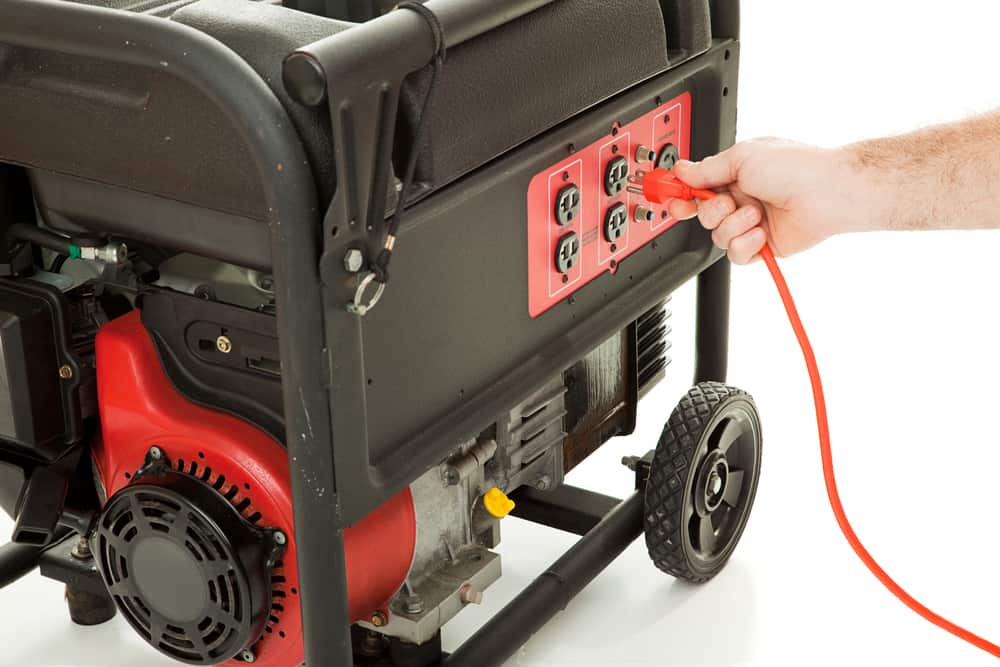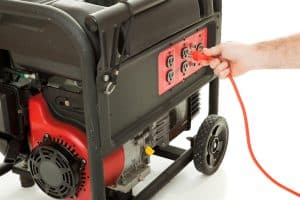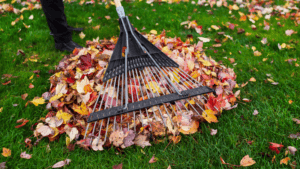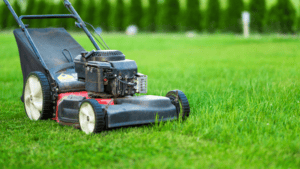Buying a generator can be overwhelming. There is so much to know and consider, so if you’re not informed and organized with this information, you may find yourself making the wrong decision. Don’t let this be you. Be informed and organized with these buying tips. This will help you with the decision on which generator will be perfect to protect you and your family.
Determine how much power you need
Figuring out your wattage needs for the items you care about is important. If you decide to go with a portable generator, remember you will also need a transfer switch so you can safely power the circuits in your house.
Starting watts – AKA: startup power, max watts, or peak power
- Required for appliances at startup or when running at highest levels of power.
Continuous watts – AKA: running watts
- Required for operation of appliances under normal load.
For emergency backup:
- Refrigerator – 700 watts
- Sump pump – 2200 watts
- Furnace – 875 watts
- Window AC – 3250 watts
- Well pump – 2000 watts
For your home:
- Microwave – 1000 watts
- Space heater – 1800 watts
- Lamp – 100 watts
- 27” TV – 500 watts
- Laptop – 800 watts
- Coffee maker – 1500 watts
For recreation:
- Radio – 100 watts
- Slow cooker – 250 watts
- Fan – 200 watts
- 13” TV – 150 watts
- Blender – 300 watts
Outdoors:
- Electric lawn mower – 1200 watts
- Electric line trimmer – 350 watts
- Electric hedge trimmer – 450 watts
- Edger – 960 watts
- 12” electric chain saw – 100 watts
Construction:
- Hand drill – 600 watts
- Air compressor – 1600 watts
- Circular saw – 1200 watts
- Hand sander – 1200 watts
- Work light – 1200 watts
- Paint sprayer – 600 watts
To determine the necessary amount of power you need, total the power requirement from above. To determine the amount of starting watts required, multiply the total wattage requirements of any equipment with a motor by two.
Standby or portable?
Consider your budget, convenience, and power need, and use that information to choose a generator to fit your needs.
Standby: Run between 7,000 and 20,000 watts; offer 24/7 blackout protection; automatically provide power to your house until the power outage is over; cost between $1,800 and $40,000; require professional installation with a permit; typically fully enclosed; vary in size. The greater the power capacity, the higher the cost.
Portable: Used to supply limited emergency storm power, jobsite power, or leisure activities like camping; consider wattage, runtime, size and mobility when choosing one right for you; range in power from 1,000 to 10,000 watts; range in price from $100 to $3,000 depending on features and wattage.
Inverter: Ideal for camping, tailgating, boating, and other outdoor activities; smaller in wattage capabilities; range from 800 to 3,000 watts; desirable for clean power, quietness, efficiency, and size; cost between $200 to $3,000.
Make a budget
Prices fall within a wide range, so it is important to determine how much you’d like to spend before you go shopping for a generator.
Research the product and see what special features are included
Check out the special features available and learn what you should look for when purchasing a generator.
Safety tips to remember when using a generator:
- Don’t use a generator indoors or in enclosed or partially enclosed areas.
- Use outdoors, away from windows, doors, vents, crawl spaces, and where ventilation is available. Fans or open doors or windows are not adequate forms of ventilation.
- Do not overfill the fuel tank, allow room for fuel expansion.
- Turn unit off before adding fuel, and wait till it has cooled down entirely.
- Do not store the generator with fuel in the tank where gas vapors might reach an open flame or spark.
- Allow at least 5 feet of room on all sides when operating.
- Don’t overload the generator; no more than the output rating.
- Only use a portable electric generator when necessary to power essential equipment.




